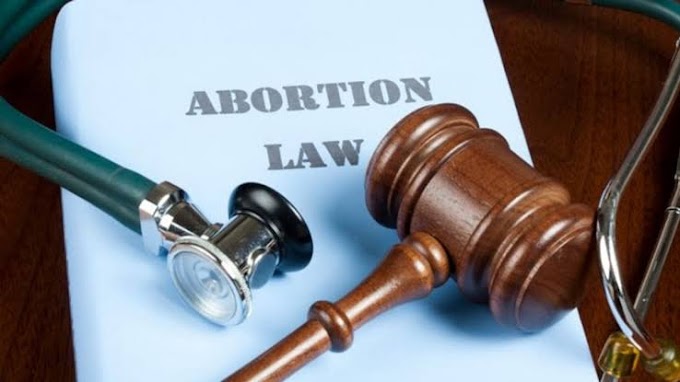Are Prisons turning into a picnic spot?
**Author : Mansi Singh (a student at Institute of Law, Nirma University)
Introduction
The emergence of prisons in India can be traced back from the ancient period, British period to the post-colonial period. India's history includes the idea of imprisonment as a kind of punishment. Early writings on jail construction and administration included the Arthashastra, a work by the Indian philosopher Kautilya. During the British colonial era, modern prison systems were implemented in India. The British built a network of prisons all around the nation, largely to house criminals and political dissidents. The prison system put in place during colonial control was carried over and developed by India after it attained independence in 1947. There have been initiatives to modernize and enhance jail conditions.
Indian prison management system involves several components such as:
Rehabilitation programmes: Inmates are given access to a variety of rehabilitation activities. These could include initiatives for skill development, educational plans, counseling, and vocational training.
Healthcare services: Inmates who are incarcerated receive healthcare services from prisons, which may include physical examinations, disease treatment, and access to mental health doctors.
Legal Rights and Humanitarian Conditions: Prisoners have legal rights, including the right to legal counsel. Humane living conditions in prisons must be provided, including enough food, a place to stay, and access to healthcare.
Main body of the research
Nowadays, prisons have all the facilities that an individual needs for a smooth life. It is to be noted that most of the prisoners are poor who don’t have the basic necessities in their lives outside the prison. This gives them an intention to commit crimes so that they can get into prison again and again and enjoy the facilities provided by the prisons. According to an interview that I had with the superintendent of Ranchi Hotwar Jail, 7-8% of the prisoners come back to the prison after committing some or the other crime. The superintendent was of the opinion that the “prisons are now turning into a picnic spot” for the prisoners who come from economically poor sections of the society. On my visit to the Hotwar Jail, the facilities given to the prisoners surprised me. Before the visit, I was of the view that prisoners are being treated in a very wrong way and they go through a lot in prisons, but after the visit, I opposed my own pre-understanding of prisoners in Jails.
The prisons have every kind of facility ranging from religious institutions, where the prisoners can practice whichever religion they wish to, educational institutions where they can pursue any sort of degree. There were music rooms and dance rooms so that the prisoners can pursue their hobbies. Such facilities could never be availed by a poor class prisoner outside the prison. Their lives are limited to fulfilling the basic amenities in their lives such as food and shelter. They pay the least attention to their hobbies and focus the least on what they actually want to do.
On the visit to the jail, we were introduced to the concept of Open Jails which are even more liberal in terms of providing facilities to the prisoners. Compared to traditional closed or high-security prisons, "open jails" refers to a type of correctional facility or prison that works in a less formal and controlled atmosphere. They have less restrictive environment and provide employment and vocational training. Open Jails provide even more incentive for low class prisoners to commit crimes so that they can fulfill all their desires and needs just by staying in an “Open Jail”.
Suggestions and Conclusion
The government should come up with provisions and programmes that decreases poverty. As per my research, a decrease in poverty would lead to a decrease in crimes. If the prisoners in the prison are capable enough to pay for their own facilities, they will never need prisons to take care of their facilities.
In conclusion, the transformation of prisons into settings with a variety of amenities raises crucial concerns regarding the aim and efficacy of the criminal justice system. While it is true that many prisoners come from underprivileged backgrounds and struggle to meet their basic needs outside of prison, the availability of numerous amenities inside of correctional facilities has raised questions about whether they act as a deterrent or unintentionally serve as an incentive for repeat offenses.




![Freedom of Speech in India [Indian Supreme court and Law of Sedition]](https://blogger.googleusercontent.com/img/a/AVvXsEiGLLUmLKq5Da6xDZplasOZHKRj-jOhWPkoeuy0_Eq757tUpOiHz-xooXwIlAjF0-hmBfi-TtMIv6on_sVgBXVq4wbWwnbsqLOcNX22S8C2aSq-ZuK3vn9wWAx8tXByYOBfwc0hs6b8RJV84YNFG2greouGKjup6g8kN-xVlchW33VHdSSmrhLC1BUEVbGp=w680)





